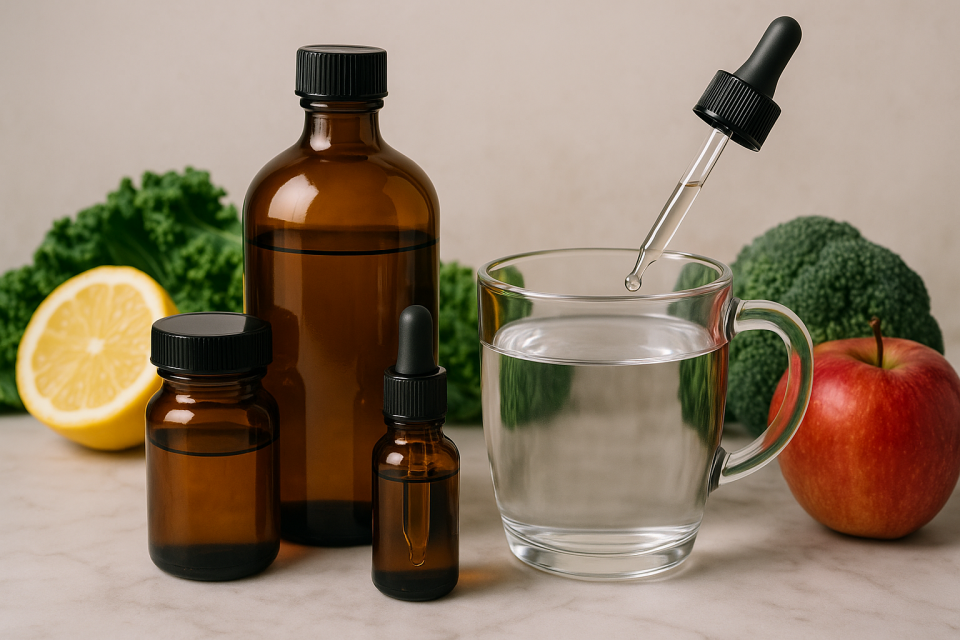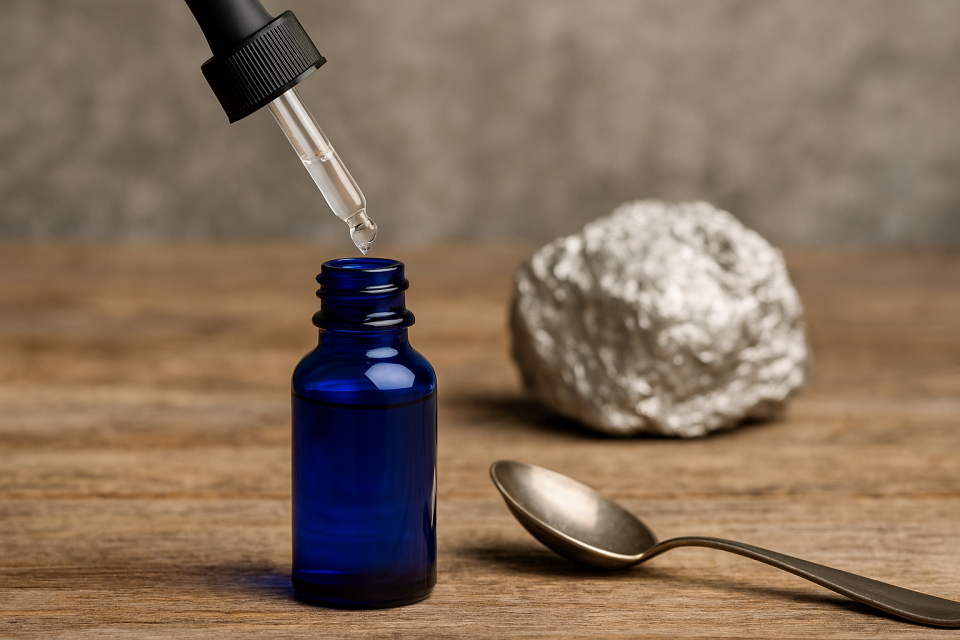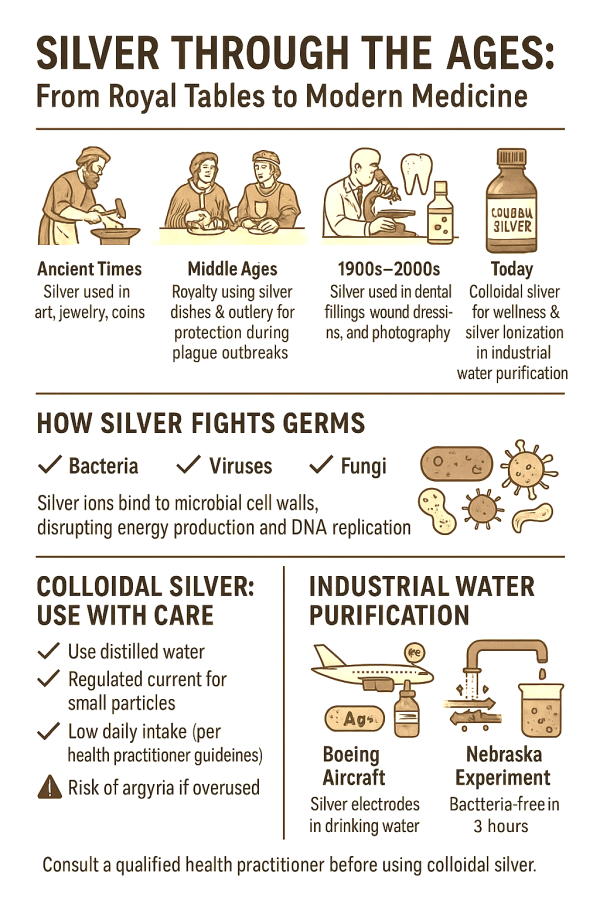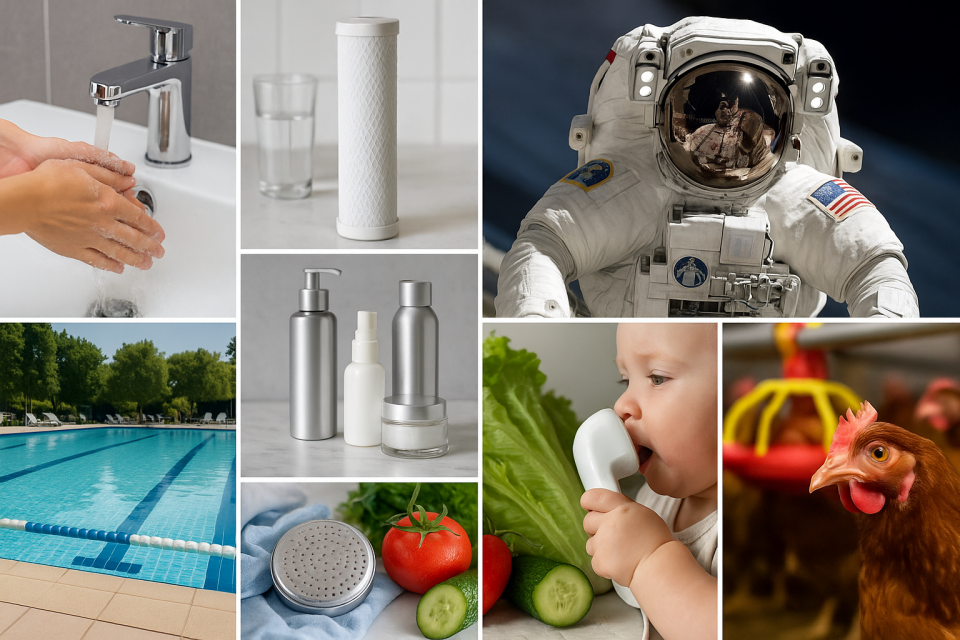In this day and age, when modern medicine has become synonymous with skyrocketing costs, questionable results, and a reliance on pharmaceuticals, many Americans are turning to do-it-yourself (DIY) healthcare. Surprisingly, this self-directed approach, when rooted in natural therapies and informed decisions, is proving to be vastly more effective and cost-efficient than the traditional healthcare system. Leading the charge in this quiet revolution is colloidal silver, an ancient remedy with broad antimicrobial properties.
The Shocking Ineffectiveness of Modern Medicine
Government agencies have long known that the American medical system is less effective than it claims to be. The U.S. Office of Technology Assessment (OTA) reported in the early 1990s that nearly 80% of standard medical procedures lacked solid scientific backing and were largely ineffective for improving patient outcomes. This finding was echoed by a Harvard Medical School study, which found that 84% of heart patients advised to undergo bypass surgery did not actually need it. Even more troubling, subsequent studies found that heart bypass surgery did not increase patient longevity.
Despite these dismal statistics, heart surgery alone generates $28 million per day in revenue for American hospitals and surgeons. Clearly, financial incentives, not patient wellness, are driving much of modern medicine’s priorities.
Colloidal Silver: The Forgotten Antimicrobial Powerhouse
One of the most glaring omissions in modern medical education is the lack of information on colloidal silver. Despite its well-documented effectiveness against a wide range of bacteria, viruses, and fungi, medical schools and pharmaceutical companies have largely excluded this knowledge from their curricula.
Ask your local nurse, doctor, or pharmacist about colloidal silver, and you’re likely to be met with blank stares or skepticism. Yet, countless independent health researchers and natural healers report success with colloidal silver for conditions such as:
-
- Colds and flu
- Shingles
- Whooping cough
- Sore throats
- Skin infections like athlete’s foot
- Chronic sinus infections
If this low-cost remedy were widely adopted, the pharmaceutical industry would face massive revenue losses. Why would people spend hundreds on antibiotics, antivirals, or antifungal creams when a small amount of colloidal silver, costing mere pennies per dose, could solve the problem?
DIY Health Care is Better Health Insurance
When combined with a healthy lifestyle, colloidal silver is not only effective but also an affordable option. The best health insurance may be colloidal silver. This eliminates dependence on overpriced pharmaceuticals, doctor visits, and even over-the-counter cold remedies.
But silver alone isn’t a magic bullet. Maintaining health still depends on a holistic lifestyle, including:
- A diet rich in unprocessed, mineral-dense foods, with supplementation of critical trace minerals like selenium, zinc, magnesium, and boron—nutrients often missing from depleted soils.
- Daily ingestion of colloidal silver in safe, moderate amounts as a defense against microbial invaders.
- Regular exercise to promote circulation, detoxification, and immune resilience.
- Community connection and helping others, which countless studies show is critical for emotional and physical well-being.
Ignored by Governments, Embraced by the People
Despite promising anecdotal evidence and decades of personal success stories, not one major government health agency has funded comprehensive clinical trials on colloidal silver’s effectiveness. Instead, these agencies continue to support pharmaceutical monopolies while warning consumers against “unapproved” natural remedies. Cynically, it seems that once people reach the age of 65, reducing their numbers through neglect becomes more economically convenient than keeping them healthy.
Yet millions of individuals are waking up to the reality that personal health sovereignty is the only way forward. Whether prompted by frustration with ineffective treatments, exorbitant medical bills, or sheer curiosity, more people are embracing the DIY health movement.
Taking Back Control of Your Health
DIY health maintenance is no longer fringe thinking—it’s smart survival. With tools like colloidal silver, nutrient-dense diets, exercise, and emotional connection, people are taking back responsibility for their well-being and reducing their dependence on a broken medical system.
While colloidal silver is not a license to indulge in unhealthy habits, it is a powerful tool in your health arsenal. As one researcher put it: “The best doctor you’ll ever meet is the one inside your own mirror.”
If the government and medical industry refuse to protect our health, maybe it’s time we protect ourselves.
References
- 80% of medical procedures lack scientific support: U.S. Office of Technology Assessment, 1990.
- 84% of bypass surgeries unnecessary: Weinstein MC, et al. “The Effectiveness of Medical Interventions.” Harvard University studies, 1993.
- No increased longevity from bypass surgery: Yusuf S, Zucker D, Peduzzi P, et al. “Effect of coronary artery bypass surgery on survival: overview of 10-year results.” Circulation. 1994;90(6):2645-2652.
- Colloidal silver’s broad-spectrum antimicrobial action: Crooks H. Use of Colloids in Health and Disease, 1920; more recent reviews include Lansdown AB. “Silver in health care: antimicrobial effects and safety in use.” Current Problems in Dermatology, 2006.
- Antibiotic resistance crisis: Centers for Disease Control and Prevention. “Antibiotic Resistance Threats in the United States, 2019.”




